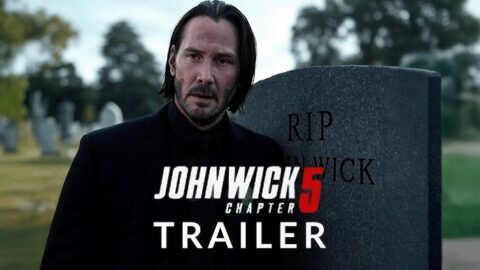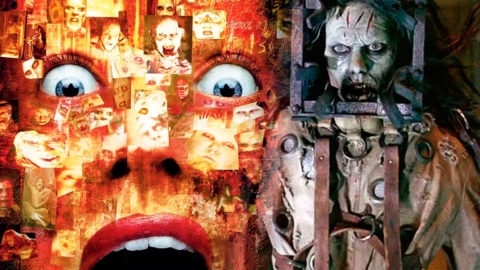Genre: War Drama | Psychological Horror | Historical
Come and See (1985) is not just a war film—it’s an unflinching plunge into the abyss of human cruelty and a masterpiece of cinema that leaves you gutted, haunted, and forever changed. Directed by Elem Klimov, this Soviet anti-war epic is widely considered one of the most harrowing, honest depictions of the horrors of World War II ever committed to film.
Set in Nazi-occupied Belarus during 1943, Come and See tells the story through the terrified eyes of Florya (Aleksei Kravchenko, unforgettable), a teenage boy whose wide-eyed innocence is obliterated by the brutal reality of war. Eager to join the local partisans, Florya digs up an old rifle from a battlefield and sets off, naïvely believing he’ll find glory and adventure. Instead, what he finds is a waking nightmare—villages burned to ash, families slaughtered, and the monstrous depths to which people will sink when violence becomes their only language.
What makes Come and See so devastating is not just what it shows, but how it shows it. Klimov uses disorienting camera work, jarring sound design, and haunting long takes that force you to experience the nightmare alongside Florya. There are no heroic battles here—only chaos, screams, and silences more chilling than gunfire. As the boy stumbles through scorched forests and muddy fields, his youthful face gradually hardens into a mask of horror and numb disbelief—his transformation captured in stark, haunting close-ups that feel burned into the film’s celluloid.
The film’s centerpiece—an extended sequence where German troops and collaborators round up villagers into a barn and set it ablaze—is one of the most gut-wrenching scenes ever filmed. It’s relentless, filmed with brutal realism that makes it impossible to look away, yet impossible to forget. Klimov never allows us the distance of stylized violence or melodrama—this is not war as spectacle, but as raw, senseless extermination.
Unlike many war films that cling to moments of catharsis or redemption, Come and See offers no comforting resolution. It ends with a surreal, wrenching montage that tries to rewind history—Florya firing his rifle at Hitler’s image on a newsreel, as if trying to erase the genocide he’s just witnessed. But the tragedy is irreversible. His final expression, frozen somewhere between madness and grief, lingers long after the credits fade.
Come and See is not an easy watch. It’s not meant to be. It’s a necessary one—an uncompromising testament to the horrors humans can inflict on one another when hate, ideology, and violence consume the world. It remains one of cinema’s most powerful arguments against the myth of war as noble or glorious.
For those brave enough to endure it, Come and See is an experience you do not simply watch—you survive it. And once you do, it becomes impossible to ever see the history of war—or the innocence of youth—in quite the same way again.







